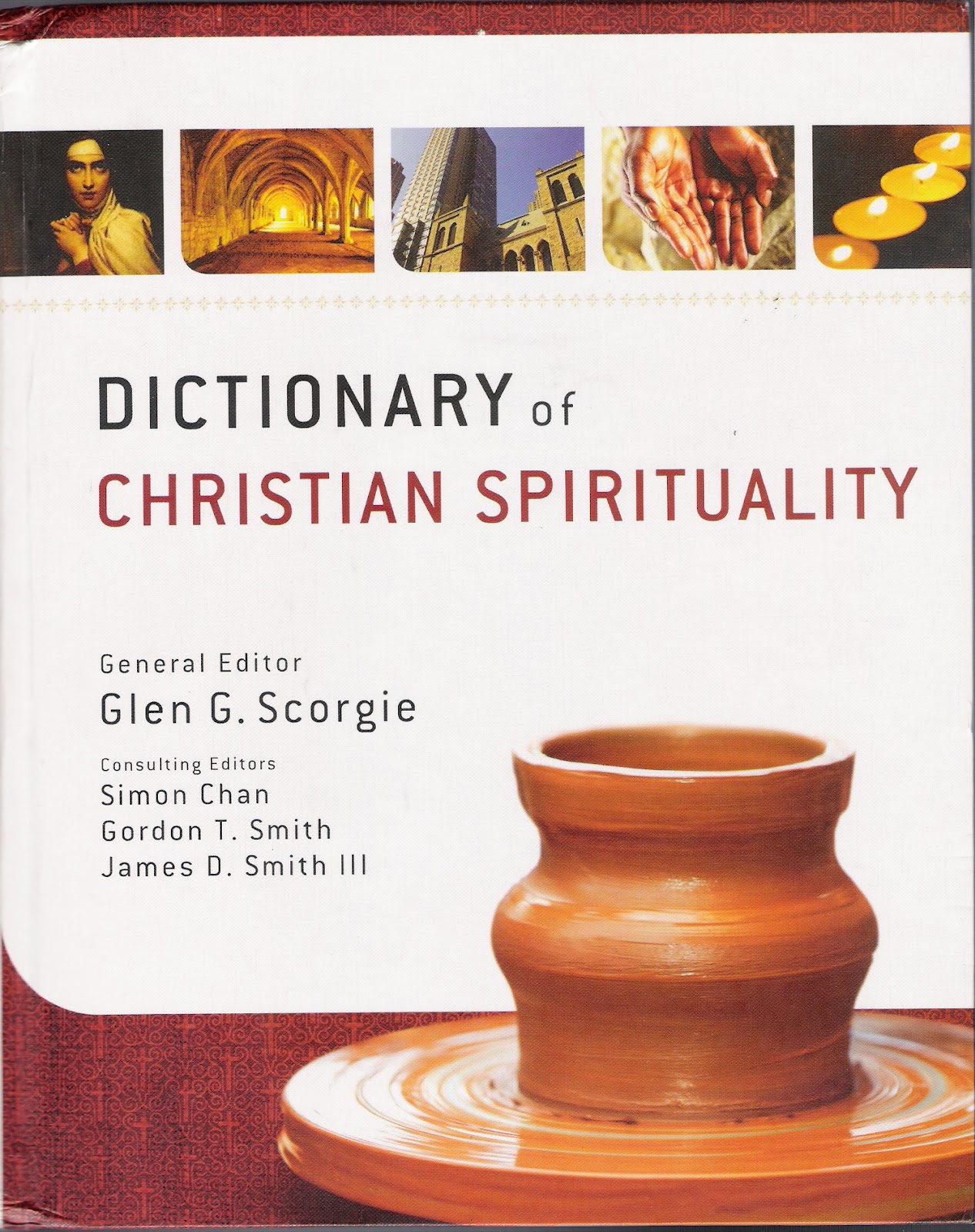
Have you ever felt a yearning for something more? A deeper connection, a sense of purpose, or perhaps a clearer understanding of yourself? For centuries, individuals have embarked on pilgrimages seeking these very things. The pilgrim's journey, a timeless practice found across cultures and religions, offers a framework for inner exploration and transformation. This article delves into the rich history and enduring power of the pilgrim's way, offering insights and practical guidance for those considering their own personal pilgrimage.
The concept of a pilgrim's path resonates deeply within the human spirit. It speaks to our innate desire for growth, meaning, and connection to something larger than ourselves. Whether undertaken for religious reasons, personal growth, or simply a desire to experience a different way of life, a pilgrimage involves stepping outside of our comfort zones and embracing the unknown. This journey, both internal and external, has the potential to be profoundly transformative.
Historically, pilgrimages have been associated with sacred sites and religious traditions. Think of the Camino de Santiago, the Hajj to Mecca, or the Kumbh Mela in India. These journeys often involve physical hardship, requiring pilgrims to endure long distances, challenging terrain, and simple living. However, the focus is not solely on the physical journey; rather, it's about the inner transformation that occurs along the way. The challenges encountered on the pilgrim's road become opportunities for self-reflection, growth, and a deeper understanding of one's own resilience.
The modern pilgrim's journey can take many forms. It doesn't necessarily require traveling to a distant land or adhering to a specific religious doctrine. It can be a solitary hike in nature, a period of dedicated self-study, or even a commitment to a personal project that pushes you beyond your perceived limits. The essence of the pilgrim's way lies in the intentionality of the journey – a conscious decision to embark on a path of self-discovery and growth.
Embracing the pilgrim's mindset involves cultivating a sense of openness, curiosity, and a willingness to embrace the unexpected. It's about letting go of preconceived notions and allowing the journey to unfold organically. This can be challenging in our fast-paced, outcome-oriented world, but the rewards of slowing down, paying attention, and embracing the present moment can be immense.
The pilgrim’s path's significance lies in its transformative power. It helps one reflect and grow. One key aspect is disconnecting from routine to gain a new perspective on life. The core issues often revolve around the practicalities of undertaking the journey – planning, logistics, and maintaining focus.
A pilgrim's journey is a journey of self-discovery undertaken on foot, often to a sacred site. For example, walking the Camino de Santiago to reflect on life's purpose. It emphasizes inner transformation and connection with something larger than oneself.
Benefits of a pilgrim's journey can include increased self-awareness, enhanced resilience, and a renewed sense of purpose. For example, overcoming challenges on the Camino could boost one's confidence and resilience.
Advantages and Disadvantages of a Pilgrim's Journey
| Advantages | Disadvantages |
|---|---|
| Personal Growth | Physical Demands |
| Cultural Exposure | Time Commitment |
| Spiritual Enrichment | Financial Costs |
Best practice examples: plan your route, pack light, embrace the unexpected, reflect daily, and connect with fellow travelers. Real-world examples include hiking the Appalachian Trail, undertaking a Vipassana meditation retreat, or cycling across a country.
Challenges can include physical exhaustion, unexpected detours, and feelings of loneliness. Solutions involve proper planning, seeking support from fellow pilgrims, and embracing adaptability.
FAQ: What is a pilgrim's journey? How do I plan one? What should I pack? Is it safe? How long does it take? What are the benefits? What are the challenges? How much does it cost?
Tips: Pack light, journal regularly, and embrace the slow pace.
In conclusion, the pilgrim's way is a powerful metaphor for life's journey. It's about embracing the unknown, challenging ourselves to grow, and connecting with something larger than ourselves. Whether you embark on a physical pilgrimage or a metaphorical one, the journey has the potential to be deeply transformative. By cultivating a sense of openness, curiosity, and resilience, we can embrace the challenges and rewards of the pilgrim's path, discovering a deeper sense of purpose and meaning along the way. Take the first step, embrace the journey, and discover the transformative power of the pilgrim's way. It might just change your life. This ancient practice can lead to profound personal growth and a renewed sense of purpose in our modern world. Consider embarking on your own personal pilgrimage to experience its transformative power.
Va healthcare in new haven connecticut guide
Decoding the two toned trend exploring anime characters with black and white hair
The art of gifting drawings a personalized touch













